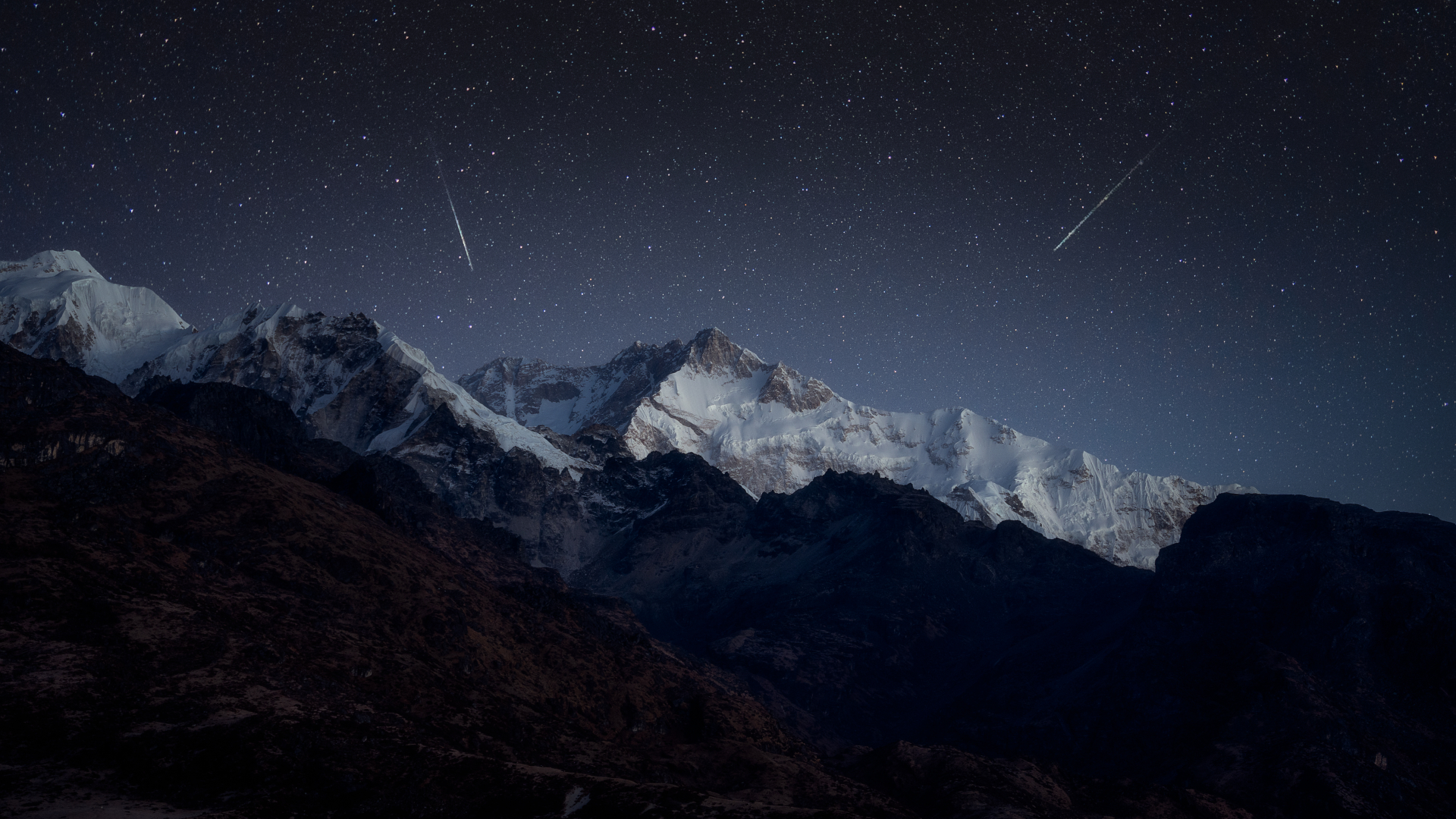Night sky tonight and the weekend: See the winter Milky Way shine in a moonless sky
The night sky is full of wonder. Here's what to look out for tonight.

There is so much to see in the night sky tonight, here's what you can look forward to.
A good telescope or pair of binoculars will help you see some of the night sky’s fainter objects. However, the unaided eye is enough to learn its stars and constellations, watch the moon, experience meteor showers and see satellites whizz across the night sky.
Read on to find out what you can see in the night sky tonight, from planetary meet-ups to the ever-changing moon phases, meteor showers and more. Want to look even further ahead? Check out our monthly night sky guide our brightest planets guide also tells you what planets are visible and when this month.
Track the ISS | Starlink satellite train | Moon viewing guide
Sign up for our skywatching newsletter "Night Sky This Week" to discover this week's must-see night sky events, moon phases, and stunning astrophotos.
Night sky for tonight and the weekend
Friday, Dec. 19: New moon and the winter Milky Way (after dark)
The moon turns new at 8:43 p.m. EST on Dec. 19 (0143 a.m. GMT on Dec. 20), giving stargazers the darkest skies of the month. Astrophotographers often obsess about the Milky Way's bright core, which is at its most visible during the summer months from the northern hemisphere, but the winter Milky Way — looking away from its center — is almost as impressive. From rural locations, the Milky Way faintly arcs from Cassiopeia to Orion, providing a stunning reminder of the vast galaxy that we inhabit. — Jamie Carter
Saturday, Dec. 20: Jupiter as the 'Christmas Star' (after sunset)
Was Jupiter the 'Christmas Star'? According to the Bible, a star appeared in the sky at the time of the birth of Jesus Christ in Jerusalem, causing a group of wise men to "follow yonder star" to worship him. Was it a planet? The source of this Christmas legend is unclear. The 17th-century German astronomer Johannes Kepler — he who laid down the laws of planetary motion — pondered whether it may have been a very close conjunction of Saturn and Jupiter in the year 7 BC. Tonight, Jupiter alone makes a play for the title, shining at magnitude -2.6 as it appears in the east about 90 minutes after sunset and remains visible for the rest of the night. It will shine alongside the two brightest stars in the constellation Gemini, Castor and Pollux. — Jamie Carter
Sunday, Dec. 21: Young moon on the solstice as Ursids peak (after dark)
Winter begins in the Northern Hemisphere at 10:03 a.m. EST (1503 GMT). Hours later, a 4%-illuminated waxing crescent moon will be visible in the southwest, just after sunset. It will set soon after, leaving the night sky dark for the peak of the Ursid meteor shower. Expect about 10 shooting stars per hour, which come from dust and debris left in the inner solar system by comet 8P/Tuttle. Meteors will appear to radiate from between the Big Dipper and the Little Dipper in the northern sky. — Jamie Carter
Thursday, Dec. 18: Orion’s Sword (after dark)
Anytime after dark is great for looking more closely at one of the jewels of the winter night sky. Look below Orion's Belt — which will be visible in the southeast after sunset — for a short vertical line of faint stars known to astronomers as Orion's Sword.
A soft haze of light may be visible surrounding the middle star. This is the Orion Nebula (M42), the closest large star-forming region to the solar system, which orbits within the Milky Way at just 1,500 light-years from Earth. — Jamie Carter
You must confirm your public display name before commenting
Please logout and then login again, you will then be prompted to enter your display name.




